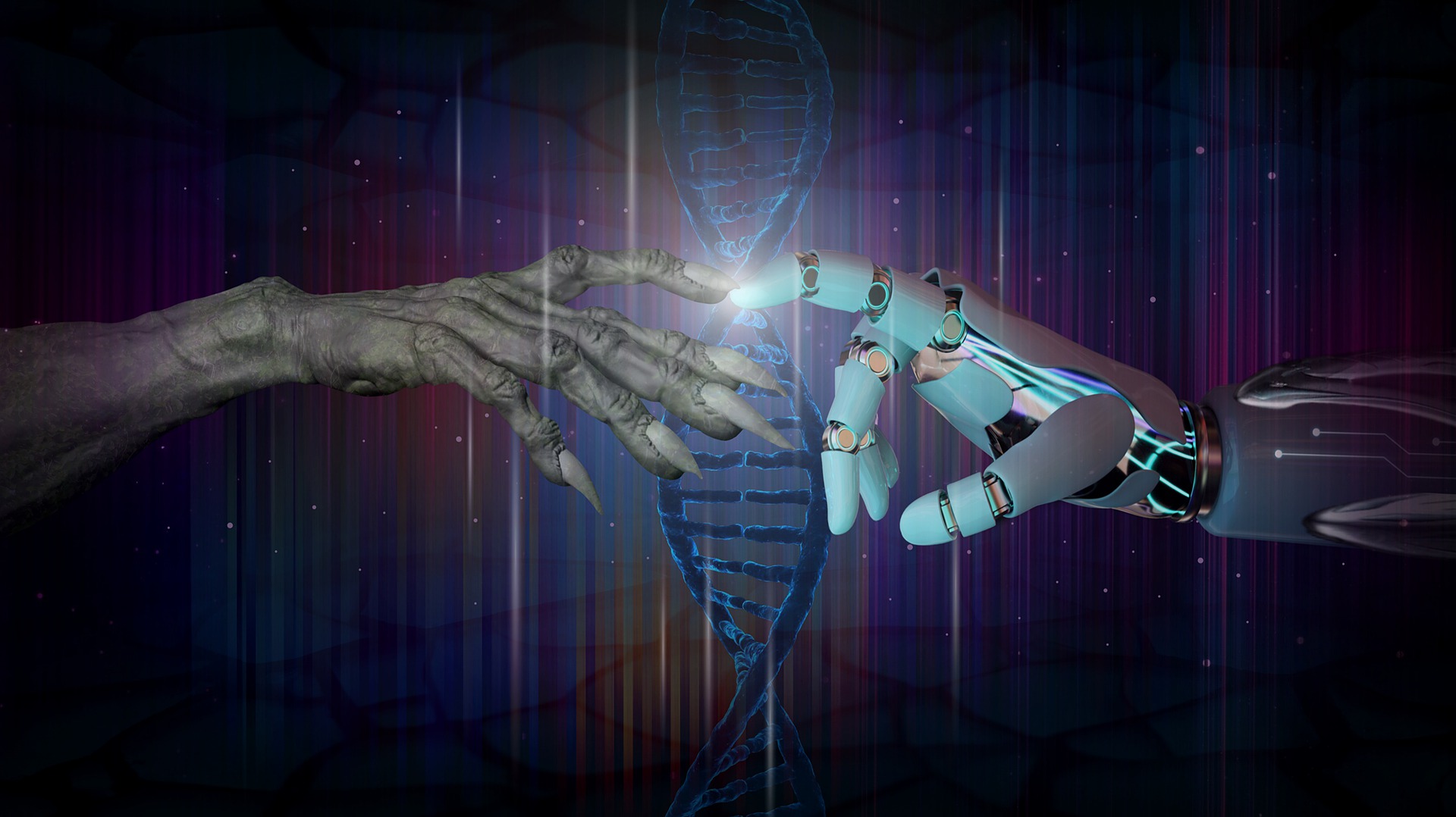Suicide
Perspective on Suicide
Published
3 years agoon
In imagining a suicide, we usually think of a person deliberately performing a dramatic act explicitly chosen to end life almost immediately. Suicidologist regard people as suicidal when they act in less obvious self-destructive ways that can cause serious injury or death after a prolonged period of time, such as diabetic patients who neglects taking insulin or adhering to a dietary regimen or an individual with alcoholism who continues to drink and does not seek help despite awareness of the damage being done to his or her body.
Many motives for suicide have been suggested: Aggression turned inward; retaliation achieved by inducing guilt in others; efforts to force love from others; efforts to make amends for perceived past wrongs; efforts to rid oneself of unacceptable feelings; such as sexual attraction to members of one’s own sex; the desire for reincarnation; the desire in rejoin a dead loved one; and the desire or need to escape from stress, deformity, pain or emotional vacuum.
Many contemporary mental health professionals regard suicide in general as an individual’s attempt at problem solving, conducted under considerable stress and marked by consideration of a very narrow range of alternatives of which self-annihilation appears the most viable.
A theory about suicide based on work in social and personality psychology holds that some suicides arise from a strong desire to escape from aversive self-awareness, that is, from the painful awareness of shortcomings and lack of success that the person attributes to himself or herself. This awareness is assumed to produce severe emotional suffering, perhaps depression. Unrealistically high expectations and therefore the probability of falling to meet these expectations play a central role in this perspective on suicide.
Freud’s psychoanalytic theory: basically, Freud viewed suicide as a murder, an extension of his theory of depression. When a person loses someone whom he or she has ambivalently loved and heard, and interjects that person, aggression is directed inward. If these feelings are strong enough, the person will commit suicide.
Durkheim’s sociological theory: Emile Durkheim, a renowned sociologist, analyzed the records of suicide for various countries and historical periods and concluded that self-annihilation could be understood in sociological terms. He distinguished three different kind of suicide.
Egoistic suicide is committed by people who have few ties to family, society or community. These people feel alienated from others, cut off from the social supports that are important to keep them functioning adaptively as social beings.
Altruistic suicide is viewed as a response to societal demands. Some people who commit suicide feel very much a part of a group and sacrifice themselves for what they take to be the good of society.
Anomic suicide may be triggered by a sudden change in a person’s relation to society. A successful executive suffers severe financial reverses may experience anomic, a sense of disorientation, because what he or she believed to be a normal way of living is no longer possible.
Shneidman’s Approach to suicide: Shneidman’s view regards suicide as a conscious effort to seek a solution to a problem that is causing intense suffering. To the sufferer, this solution ends consciousness and unendurable pain. All hope and sense of constructive action are gone.
Just as low levels of serotonin appear to be related to depression, research has also established a connection among serotonin, suicide, and impulsivity, postmortem studies of the brains of people who committed suicide have revealed increased binding by serotonin receptors. The link between low 5-HIAA levels and suicide is especially compelling in cases of violent and impulsive suicide.
Hi, I’m Aarti, My Psychoanalytical approach towards my clients is to empower them to better their lives through improving their relationship with themselves. I believe shame and guilt is a common barrier to change. I aim to guide my clients through re authoring their narratives where shame, guilt, and other problems have less power and take up less space.



